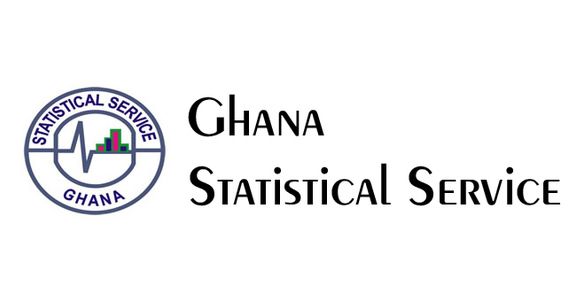The Ghana Statistical Service (GSS) has released migrant Recruitment Cost Indicator (RCI) that is recruitment costs borne by migrants in proportion to their monthly income earned in their countries of destination.
The GSS in collaboration with the International Labour Organisation (ILO) initiated the survey to examine RCI in selected districts in the country purposely with the methodology and survey instruments for measuring the Sustainable Development Goal (SDG) indicator.
The findings of the study would provide the basis to understand the methodology that should be deployed to implement a nationwide study of RCI and data to measure labour migration and recruitment costs for migrant workers.
It would also inform recommendations on the regulation of migration costs in law and policy to reduce the vulnerability of migrants and increase the benefits of international labour migration for all involved.
Professor Samuel Annim, the Government Statistician and Project Director, said the survey covered a total of 1,098 persons from four selected districts.
The districts were Mampong Municipal and Asante Akim North in the Ashanti Region; Berekum and Techiman in the Bono and Bono East Region.
It covered 570 females (51.9 per cent) and 528 male (48.1 per cent).
He said one-third (33.2 per cent) of the respondents were within the youthful age bracket of 15-34 years and the lowest proportion of respondents (4.1 per cent) were in the 60-64 year group.
About 69.8 per cent of the respondents, three years and above have attended school and the proportion was higher for males, 72.5 per cent, than females, 67.3 per cent.
The survey showed that more than one-third, 37.4 per cent of migrant workers travelled abroad with regular immigration without a work visa, with 35.3 per cent travelling abroad through regular immigration with a work visa, whereas one-quarter went through unapproved channels.
The study revealed that majority of the migrants are engaged in elementary occupations (38.6 per cent), service and sales workers (26.3 per cent).
Female migrants (43.7 per cent) are more than twice likely to be engaged in service and sales workers than male migrants (19.7 per cent).
More than half engaged in other service activities (18.5 per cent), followed by construction (16.4 per cent), manufacturing (10.9 per cent), and accommodation and service activities (9.9 per cent).
More migrants (12.7 per cent) are slightly more than twice compared to their female counterparts (5.9 per cent) in the manufacturing industry, he said.
The study revealed that highly skilled migrant workers were likely to pay more recruitment costs than low skilled workers.
Also, the average female migrant skilled workers paid more recruitment costs than their male counterparts.
It costs, on the average, GH¢7,699.00 to be recruited to work abroad with highly skilled migrant workers, on average, paying more (GH¢9,413) than their lowly-skilled counterparts (GH¢7,407).
The RCI also suggested it took a shorter period for skilled migrant workers to earn enough in a shorter period to cover their recruitment costs than unskilled workers.
The study indicated that migrant workers within the major occupation and broad skill level were higher in low-skilled (2.1) compared to high skilled (1.7) jobs.









Discussion about this post